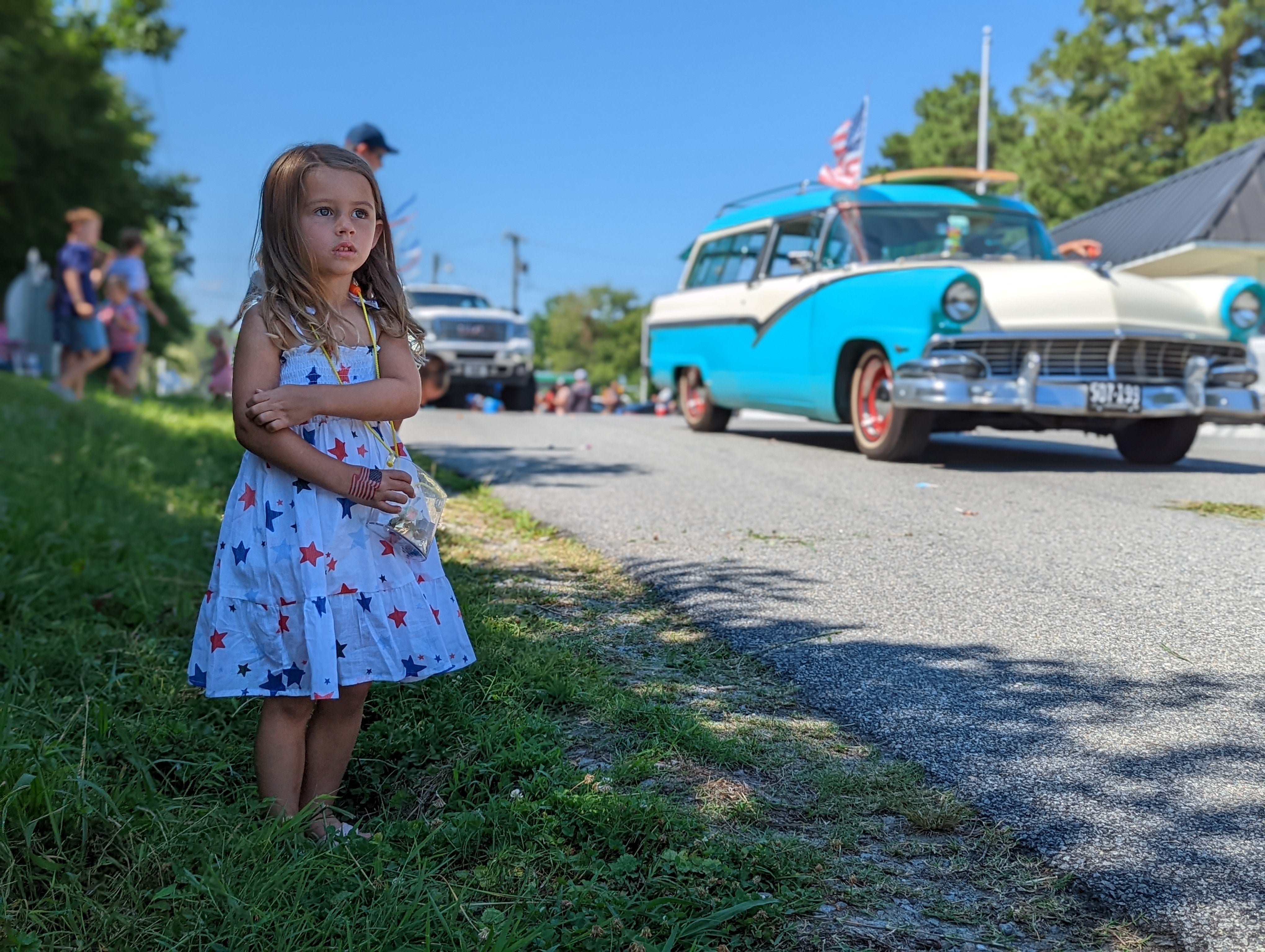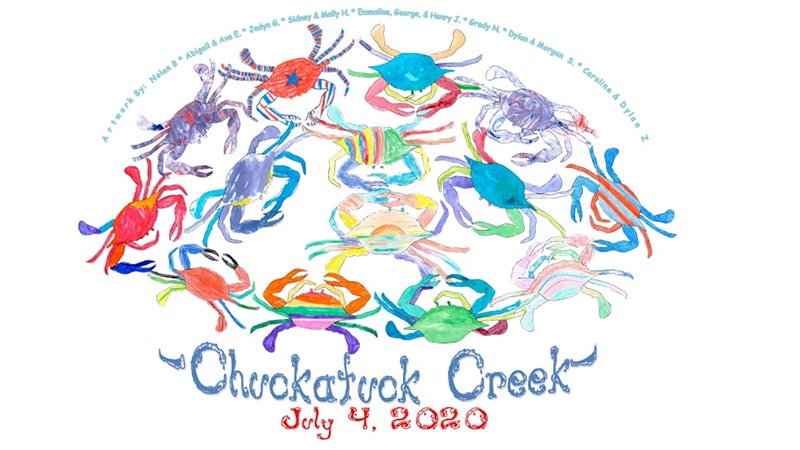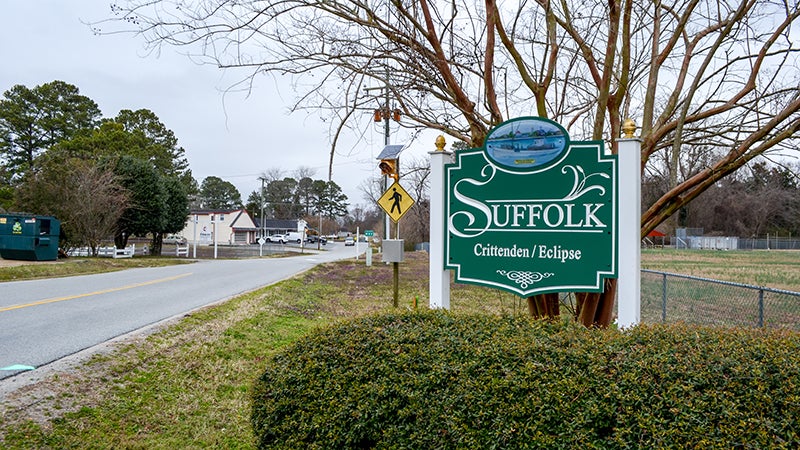More Suffolk waters polluted
Published 9:11 pm Tuesday, September 9, 2014
While parts of the James River nearby were affected, Suffolk waterways escaped any emergency closures to shellfish harvesting from sewerage bypasses during Monday’s heavy rain.
But consistently high bacteria levels in some parts of the Nansemond River and tributaries led to an expansion of indefinite closures last month.
Effective since Aug. 26, the shellfish sanitation division of the Virginia Department of Health issued two new “shellfish area condemnation notices” impacting Suffolk.
For the lower Nansemond, condemned waters now include upstream of a line from the Sidney Hazelwood Bridge to just north of West Creek, including all Bennett’s and Knotts creeks.
Waters of the upper Nansemond now off-limits — except to those with a Marine Resources Commission permit — are upstream from Ferry Point to a little north of the southern tip of Wills Island, including tributaries inland from Wills Cove.
North Suffolk waterman Ben Johnson, of Johnson and Sons Seafood, said the changes impact between one-quarter and one-third of the oyster grounds they work.
Now closed are almost 300 acres of grounds leased by Johnson and Sons in front of Obici House, plus between 300 and 400 acres they work for someone else adjacent to Ferry Point.
“It means a substantial change in terms of what we are going to do in the wintertime,” Johnson said, adding that it increases the pressure on oyster grounds that the state says are still viable.
Keith Skiles, director of the shellfish sanitation division, said changes to condemned areas are based on 30 monthly samples testing for fecal coliform — bacteria from human or animal waste.
“We are required to at least once a year look at new data coming in and revise closings as necessary,” he said.
Previous closures for the Nansemond didn’t extend as far downstream, according to Skiles. “We had to close about an additional mile of the river,” he said.
No timeframe is attached to the closures. If water quality improves, they’ll be reduced. If not, they remain indefinitely.
Johnson called the expanded closures “a double-edged sword.” He can’t not support them, he said, because it ensures safety for consumers.
But “on the flipside, as much money as the HRSD (Hampton Roads Sanitation District), the city of Suffolk and the state of Virginia have spent on different sewer programs, to be losing grounds instead of gaining grounds — it leaves a lot to be asked about what the source of the problem is,” he added.
Elizabeth Taraski, executive director of the Nansemond River Preservation Alliance, said the reduced boundary for shellfish harvesting by 700 to 1,000 acres in the river, plus additional acreage in Bennett’s Creek, was caused by non-point source pollution — that is, by rainfall washing particulates and nutrients from land and paved areas into the river and creeks — not from a single sewer pipe.
“This condemnation emphasizes the importance of clean water and proper stewardship and development of the land surrounding the waterways,” Taraski stated, adding that water flowing into creeks and rivers needs to be filtered by a vegetation buffer at least 100 feet wide, as required by the Chesapeake Bay Preservation Act.
Skiles said the sampling method used doesn’t indicate the source of the pollution.
“There aren’t any permitted sewerage outflows,” he said. “It would indicate this is non-point, but I’m not in a position to say that with any kind of confidence.”
Meanwhile, one option for watermen is to move oysters from condemned areas to a clean area. After 15 days, according to Skiles, contaminants are purged and oysters can be sold and consumed.
“That’s something I’m looking to get started on in another couple of weeks,” Johnson said. “It’s able to be done in the month of October. We’ve done some in the past.”
After a heavy rain Monday caused flooding and sewerage bypasses, an emergency closure of the James River and tributaries in the Newport News vicinity is in effect.
This closure hasn’t affected any Suffolk waters and is scheduled to be lifted Oct. 1, or sooner if monitoring shows improved water quality.





